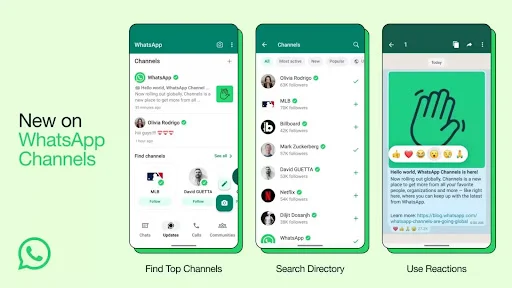In the world of cricket, there are various rules and regulations that govern the game, ensuring fair play and maintaining its integrity. One such rule that occasionally comes into play is the "timed out" rule. This rule, although not as common as others, is essential to understand for both players and fans alike.
The "timed out" rule in cricket pertains to the dismissal of a batsman who fails to arrive at the crease within a specified period after the fall of the previous wicket. According to the laws of cricket, a new batsman must be ready to face the next delivery within three minutes of the previous batsman's dismissal. Failure to do so results in the batsman being declared "timed out."
This rule ensures that there is no unnecessary delay in the game and maintains the pace of play. It prevents teams from using strategic delays to disrupt the rhythm of the opposing team or to buy time in certain situations.
While the "timed out" dismissal is relatively rare, it can occur in certain circumstances. For example, if a batsman is injured and unable to resume play within the stipulated time, they may be timed out. Similarly, if a batsman is unaware that they are the next player due to bat and fails to be ready within three minutes, they can also be timed out.
It's important to note that the onus is on the incoming batsman to be prepared to take their place at the crease promptly. Teams often have a designated "next batsman" who is ready to go in case a wicket falls, ensuring smooth transitions between batsmen.
The umpires are responsible for enforcing the "timed out" rule and will give the batsman a reasonable amount of time to arrive at the crease. However, if the batsman fails to do so within the specified time frame, the umpire will raise their finger, signaling the dismissal.
Instances of a batsman being timed out are relatively rare in professional cricket matches, but they do occur from time to time. It underscores the importance of preparation and readiness for all players, ensuring that the game progresses smoothly and without unnecessary delays.
In conclusion, the "timed out" rule in cricket is a mechanism to maintain the flow of the game and prevent strategic delays. Understanding this rule is crucial for players, officials, and fans alike, as it contributes to the fair and efficient conduct of cricket matches.



































